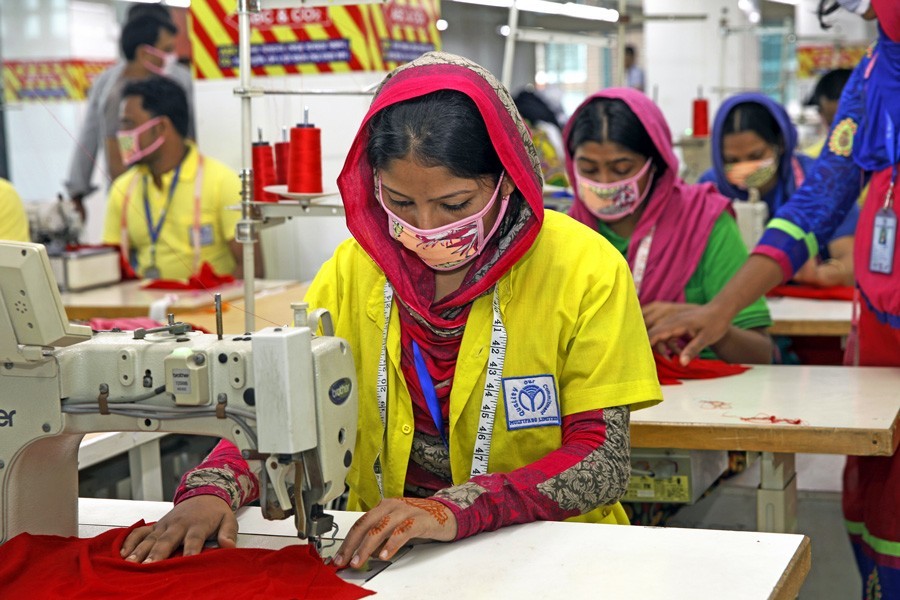
Published :
Updated :

The number of registered trade unions in the country's readymade garment (RMG) sector has increased significantly in last seven years, but most of which are allegedly non-functional, industry insiders said.
There were only 132 registered trade unions in 2012 which rose to 945 until August 2020, according to official data.
After the Rana Plaza building collapse, the registration of trade unions increased mainly due to the global pressure, they added.
Labour leaders, however, alleged that despite the significant rise in union numbers, each year a good number of registration applications were rejected on various grounds while the registered unions in many factories have no existence at present.
The government at the 340th session of the governing body of International Labour Organization (ILO) held last month provided the trade union registration figures.
It said 37 per cent of the unions applied for registrations in the RMG sector were rejected in 2014. The rejection rate was 45 per cent, 33 per cent and 30 per cent in 2015, 2016 and 2017 respectively.
The success rate of union registration has gone up after the government had adopted the standard operating procedures (SoPs) in 2017, officials said, adding that the legal changes to simplify the union registration process also encouraged many to apply.
More than 80 per cent of the unions were registered in 2018, they said. The success rate fell to 73 per cent last year. In 2020, the rate of registration rejection was only 14 per cent, they added.
When asked, Bangladesh Garment Manufacturers and Exporters Association (BGMEA) said the rise in union registration clearly indicates the commitment of the government and the industry to allow freedom of association to be manifested through the right to join a trade union.
Talking to the FE, Babul Akhter, general secretary of Bangladesh Garment Industrial Workers' Federation, said that though the number has increased significantly, most of them are not active or functional.
Of the 945 unions, there are a good number of unions that have no existence as the factories were closed, he said.
Besides, there are many unions shown registered in the RMG sector, but they are not export-oriented ones, he said, explaining that unions were registered in washing or printing units or garment factories like tailoring in Keranigonj.
There are at best 100 operational RMG factories that have registered unions and only 30-45 out of them are capable to bargain and negotiate with the factory managements, he noted.
"It is because of the owners' unwillingness as they do not support union activities while the Department of Labour does not play an impartial role," he said, alleging that the aggrieved unions do not get any support from the government's agency in case when they were terminated or face any problems due to unionism.
After the Rana Plaza building collapse, the number increased significantly as the factory owners and government allowed unions only because of global pressures.
A significant number of unions were formed by the garment factory owners after the largest industrial accident, he said, adding most of those unions were only in papers to avoid the international pressure.


 For all latest news, follow The Financial Express Google News channel.
For all latest news, follow The Financial Express Google News channel.